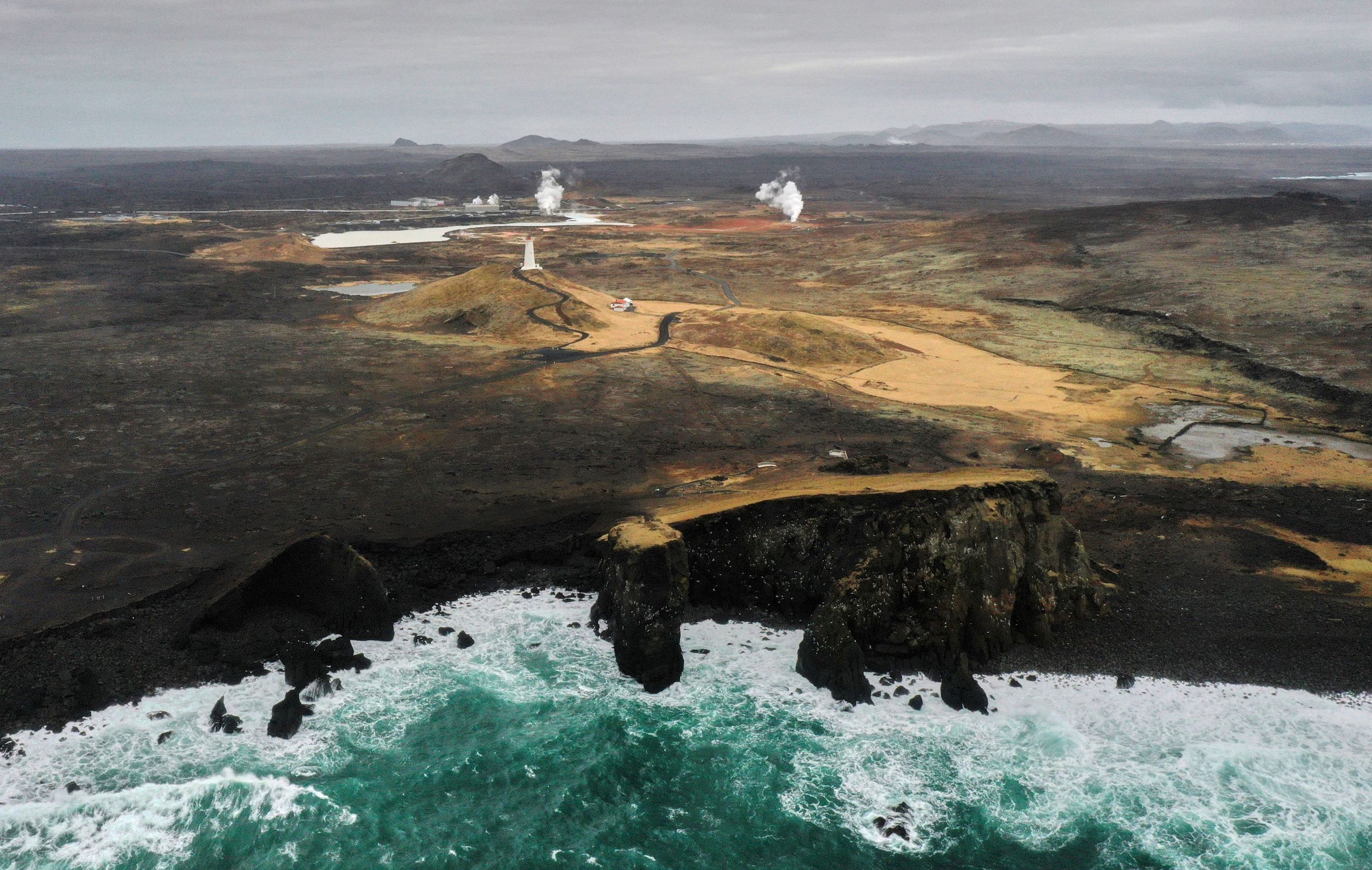Swarm of 20,000 earthquakes could make Iceland's volcanoes erupt
Residents have been 'waking up to earthquakes' every day for more than a week.

More than 20,000 earthquakes have shaken southern Iceland this week, rattling the capital city of Reykjavik and keeping geologists on their toes as all signs point to a pending volcanic eruption, the Icelandic Meteorological Office (IMO) reported on Thursday (March 4).
This week's marathon of quakes continues a swarm of seismic activity that began on Feb. 24, when a 5.7-magnitude earthquake struck near Iceland's Reykjanes Peninsula — about 20 miles (32 kilometers) from the capital city.
Earthquakes in the 5.0- to 5.9-magnitude range are considered moderate, and can result in slight damage to nearby buildings, according to Michigan Technological University. Fortunately, the quake's epicenter was far enough from the island's populated areas that no damage or injuries were reported.
The vast majority of the thousands of quakes that have followed the Feb. 24 event have been minor, with only two temblors registering above magnitude 5.0, according to the IMO. Still, residents of Reykjavik have felt the shaking day after day, with some "waking up with an earthquake, others [going] to sleep with an earthquake," Thorvaldur Thordarson, a professor of volcanology at the University of Iceland, told The New York Times.
While disconcerting, there is "nothing to worry about," Thordarson added, as the quakes have all been minor and distant enough to leave Reykjavik unharmed. (Meanwhile, the IMO issued a warning of increased landslide risk on the Reykjanes Peninsula, but had no further guidance for city-dwellers.)
In the past, seismic swarms like this one have been observed ahead of volcanic eruptions in southern Iceland, according to the IMO. Magma movement at the boundary where the North American and Eurasian tectonic plates meet likely caused the tremors, the agency said, which could fuel the five active volcanoes on the Reykjanes Peninsula.
If any of southern Iceland's volcanoes do blow their tops in the coming weeks, the eruptions will be both expected and manageable. According to Thordarson, southern Iceland's volcanoes experience "pulses" of activity every 800 years or so, and the last pulse occurred between the 11th and 13th centuries. Iceland is "on time" for another eruption cycle, he added.
Get the world’s most fascinating discoveries delivered straight to your inbox.
Like the earthquakes, these potential eruptions should also pose little threat to the inhabitants of Iceland. Such eruptions would look nothing like the explosive 2010 eruption of the Eyjafjallajökull volcano, which sent an ash column more than 5 miles (9 km) into the sky, forced hundreds of people to evacuate and halted European air traffic for six days, volcanologist Dave McGarvie wrote in The Conversation.
"Eruptions in southwest Iceland are of a fluid rock type called basalt. This results in slow-moving streams of lava fed from gently exploding craters and cones," wrote McGarvie, of Lancaster University in Lancashire, England. "In Iceland, these are warmly called 'tourist eruptions' as they are relatively safe and predictable."
Currently, tourists entering Iceland are subject to a five-day quarantine period due to the COVID-19 pandemic, so hopeful volcano watchers will have move fast, or settle for the webcam view.
Originally published on Live Science.

Brandon is the space / physics editor at Live Science. With more than 20 years of editorial experience, his writing has appeared in The Washington Post, Reader's Digest, CBS.com, the Richard Dawkins Foundation website and other outlets. He holds a bachelor's degree in creative writing from the University of Arizona, with minors in journalism and media arts. His interests include black holes, asteroids and comets, and the search for extraterrestrial life.


